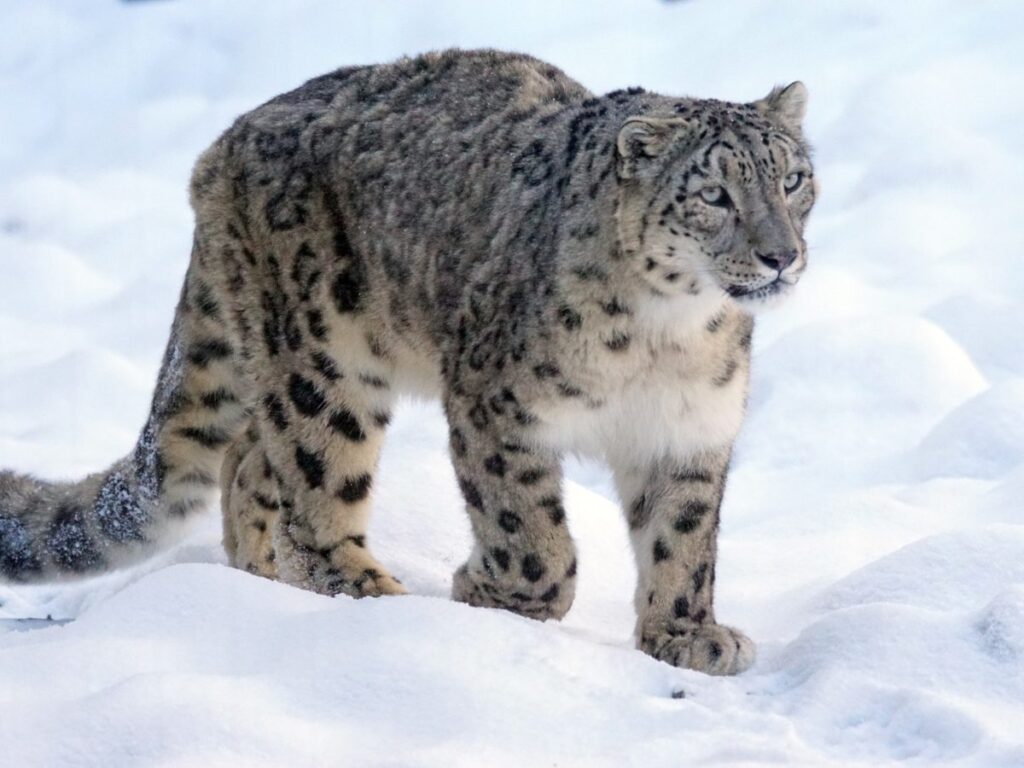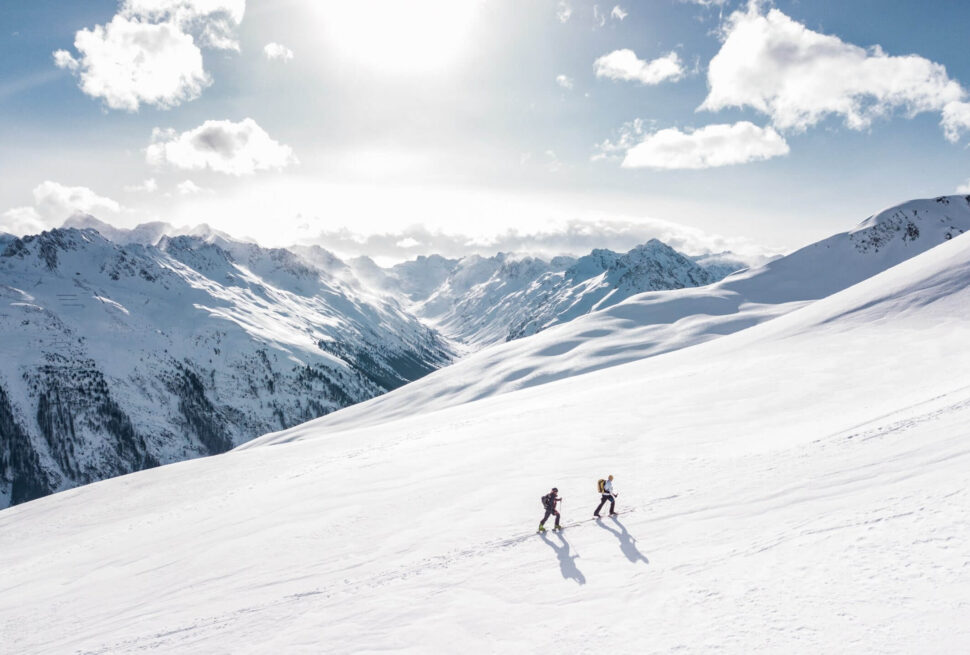
Introduction: Journeying into the Land of High Passes
Located at an elevation of over 11,000 feet, Ladakh presents a landscape of contrasts — scorching sun during the day, frigid temperatures at night; expansive, desolate valleys brimming with concealed life; and an extraordinary silence so profound that you can hear the snow fall. For years, I had envisioned capturing wildlife in this remote Trans-Himalayan desert, and this winter, my dream became a reality as I embarked on a wildlife photography expedition to Ladakh, with the hope of encountering the ghost of the mountains: the elusive snow leopard.

Day 1–2: Arrival in Leh & Acclimatization
Arriving in Leh felt akin to landing on the moon — with its barren mountains, thin air, and an enveloping stillness. Acclimatization was crucial, so we dedicated two days to adjusting to the altitude, enjoying butter tea, and checking our gear.
- Photography Tip Keep your batteries warm and test your autofocus in snowy conditions. I brought along two DSLR bodies, a 600mm f/4 lens, and a wide-angle lens for landscapes.
Day 3–7: Hemis National Park – Tracking the Snow Leopard
Hemis National Park is a rugged paradise where blue sheep navigate steep cliffs and red foxes leave crisp paw prints in the snow. Our local tracker, Dorje, guided us through canyons and high ridges.
On the fourth day, after six hours of scanning the cliffs with scopes, Dorje quietly said, “Shan. There.” My heart raced. Across the valley, nearly camouflaged against the rocks, a snow leopard sat — regal, vigilant, and as still as stone.
📸 I held my breath, focused my lens, and snapped a dozen shots. It turned its head, our eyes meeting across 400 meters. A moment I will cherish forever.
Day 8–9: Ulley Valley – A Hidden Gem
Ulley was quieter but equally dramatic. Here, ibex roamed the ridges, and we caught a fleeting glimpse of a Tibetan wolf at dusk. The golden light illuminating the valley made every shot feel cinematic.
At night, we attempted astrophotography — the Milky Way stretched overhead, free from city lights.
Day 10–11: Tso Moriri – Birds of the High Plains
We then shifted our focus to Tso Moriri Lake, where bar-headed geese, Tibetan sandgrouse, and even black-necked cranes make their summer homes. The lake’s mirror-like surface was a landscape photographer’s paradise.
Reflections: More Than Just Images
Ladakh is not solely about capturing wildlife; it’s about learning to move at a slower pace, to listen to the wind, and to understand the land as local trackers do. The snow leopard was the highlight, but the true magic lay in the journey — the cold, the camaraderie, and the early mornings spent waiting for shadows to shift.
Quick Tips for Fellow Photographers
- **Best Time:** February–March (for snow leopards), May–August (for birds and landscapes)
- Lenses: 400mm+ for wildlife, wide-angle for landscapes
- Essentials: Extra batteries, power banks, high-altitude gear, bean bag or tripod
- Ethics: Maintain respectful distances from wildlife, never bait or chase, and support local eco-tourism
Final Thoughts
A wildlife photography expedition in Ladakh is not for the faint-hearted — it challenges your patience, endurance, and creativity. But the rewards? They’re truly out of this world.
So if you ever have the opportunity, seize it. Chase shadows across the snow. You may return with more than just photographs — you might come back transformed.
Contact Us for More Details : info@yatotour.com


